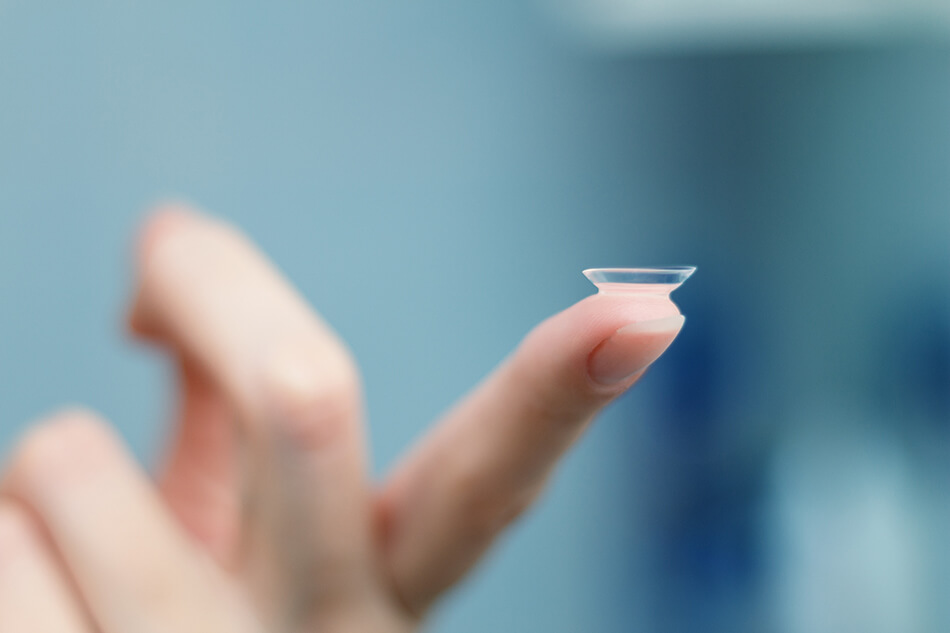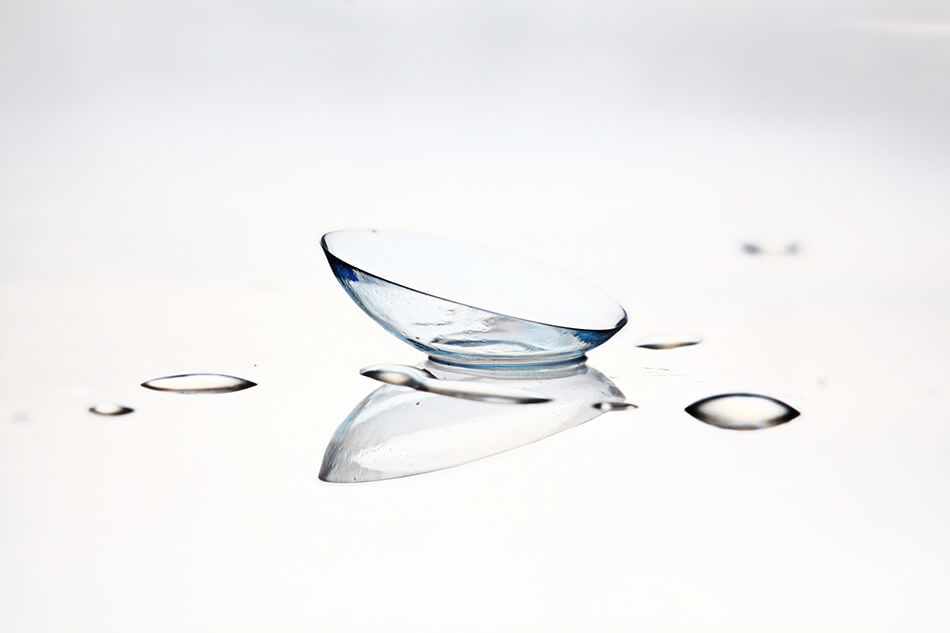8 Quick Facts About Getting Contacts You Should Know
Getting contacts? Here are eight good things to know before (or even after!) you get them

How comfortable are you with touching your eyeballs? It's one of the many concerns new contact lenses wearers have.
Contact lenses come with their own learning curve and requirements. They're higher maintenance than glasses and a bit more invasive.
Don't let your fear of touching your eyes get in the way of perfect vision. You can rock the contact lens life with a little help. Keep reading for eight things you need to know about getting contacts.
1. The Appointment Takes Longer Than You'd Think
Your eye doctor has a lot more to explain about contacts than when you come in for glasses, so don't book your appointment if you have to rush to work afterwards. Plus, it's best to go without any makeup on because you'll be learning how to put your contacts in.
Since contact lenses are a medical device, your doctor needs to know you can use them safely. They may spend 30 minutes or more teaching you how to put them in and take them out. They'll start by showing you how to do it, then you must show them.
You will be touching your eyeballs. So, if that makes you squeamish, prepare yourself.
2. Prep Your Hands
It's not unusual for contact users to get eye infections. After all, touching your contacts without washing your hands first can spread bacteria to your eyes.
Your doctor will go over how critical proper hand-washing is. Every morning when you put them in, you must wash your hands first. At night before taking them out, wash your hands first. Proper hand-washing protocol starts with running warm water. Lather antibacterial soap between your hands for at least 20 seconds. Rinse them under clean water and dry fully. You may also want to maintain trimmed nails so you don't hurt your eyes.

3. You’ll Have So Many Options to Choose From
There are a ton of different types of contact lenses. You should choose yours based on your health condition and lifestyle.
Some lenses are for daily use, others last up to a month. The reusable ones must get soaked in solution every night. The daily lenses can get thrown out after each use.
Contact lens flexibility varies also. Some people need softer, more hydrated lenses. Others prefer more rigid lenses.
4. Are They a Good Fit?
It can take trying a few different types of contacts until you find the right fit. Don't feel discouraged if the first type you're prescribed doesn't work for you.
You'll know your lenses aren't a good fit if you're constantly adjusting them. You may also feel discomfort, stinging, and notice redness.
See your doctor if you feel like your contacts aren't fitting right. They'll retake your measurements and try a different type. Eventually, you'll find the perfect fit that feels comfortable on your eyes.
5. Getting Used to Contacts
It can take a while to get used to wearing contact lenses. Especially for people who've never had to wear them before. It may seem obvious, but remember putting on your glasses is a very different experience than putting in contacts!
It's normal to feel some discomfort for a few weeks after getting contacts. You'll be adjusting to transferring them in and out. It may feel strange to have a foreign object in your eyes.
If you choose to get colored lenses, it may take some time to get used to your new appearance. Just know that the weirdness does go away. You'll be a contact lens pro in no time.

6. Contact Lens Discomfort (CLD)
Some discomfort is normal if you're new to contacts or haven't found the right size yet. But, if you suffer discomfort outside those situations it could be a different problem.
Those who suffer from dry eye syndrome sometimes also have CLD. Lenses need lubrication to sit comfortably on the eye. Dry eye syndrome results in reduced lubrication.
You may want to consider buying artificial tears or choosing a more lubricated lens type. There are lens types that specifically target people with dry eye syndrome.
You may also experience CLD if you have environment-based allergies. Allergens can stick to your lenses and irritate the eyes. In this case, consider changing out your lenses more often.
7. Extensive Maintenance
How do you maintain your glasses? You clean them once in a while and store them in a case. Contact lenses are similar but need much more maintenance. You store them in a hard case that has contact solution to keep them lubricated. If any water touches your lenses they could get damaged.
It's crucial you keep your lenses clean. This means never touching them with unwashed hands. You should also replace your lens case every few months.
You must take extra caution not to drop them on the ground or scratch them.

8. What if I Can't Get Them Out?
Sometimes newbie lens wearers forget to their contacts off at night. This results in extreme difficulty getting them off in the morning. The lens needs lubrication to move around on the eye. Rest assured that it's not possible for your lenses to slide to the back of your eyeball.
If you're struggling to get your contacts off, take a moment to relax. You can do more damage than good trying to pull them out.
Worst comes to worst, go see your eye doctor. They'll help remove the contacts and teach you what to do in this situation.
Want More Tips on Getting Contacts?
Getting contacts for the first time can be intimidating! Knowing what to expect can help you feel more prepared. Use the eight tips listed in this article if you’re thinking of getting contacts.
For more information about contact lenses, check out our page for new customers.
